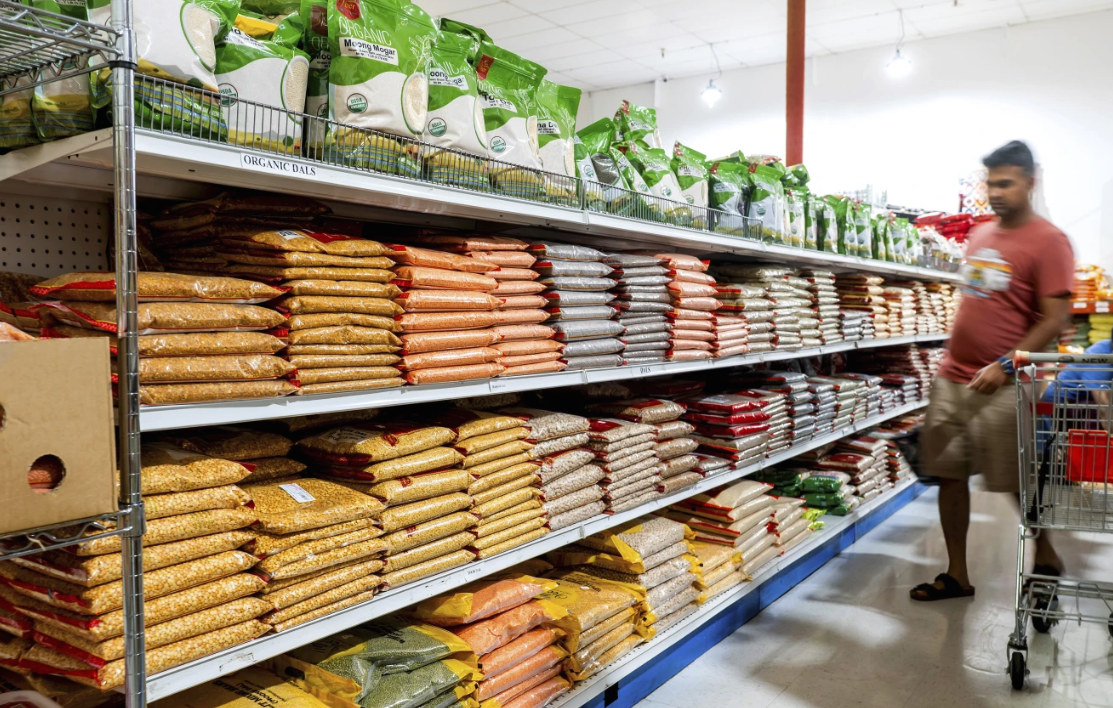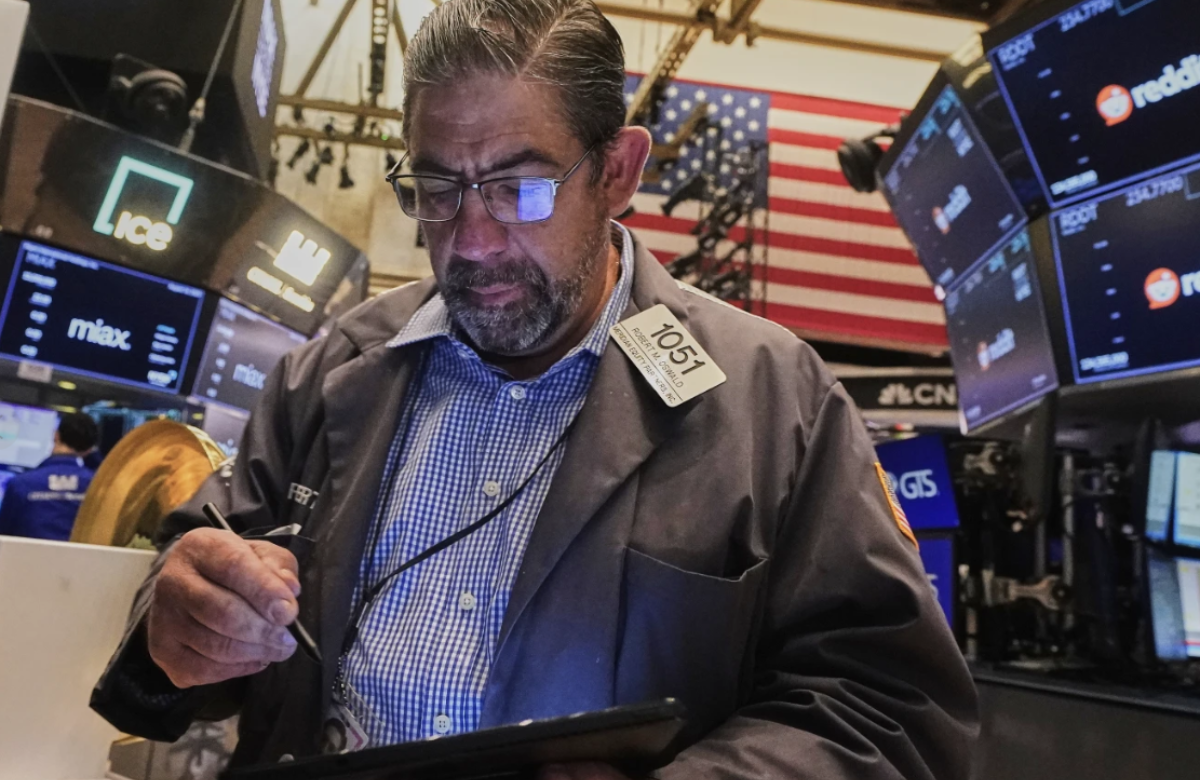U.S. homeowners are increasing their spending on home renovation projects, defying the overall consumer slowdown caused by lower economic confidence.
Sales at stores selling building materials and garden supplies rose 0.8% in April compared to March—the biggest monthly increase since 2022—and were up 3.2% from April last year. Meanwhile, overall U.S. retail sales grew only 0.1%, showing a clear slowdown from March.
This rise in home improvement spending is happening even as prices for renovation products continue to climb. According to Verisk’s Remodel Index, the cost of home repairs and remodeling increased by nearly 4% in the first quarter compared to a year earlier. Most of these price hikes stem from labor costs rather than trade war-related tariff impacts, despite ongoing tensions with major trade partners such as Mexico, China, and Canada.
Greg Pyne, vice president of pricing at Verisk Property Estimating Solutions, noted there has been no panic buying from contractors or investors worried about tariffs or stricter immigration enforcement driving labor costs higher.
Home Depot reported that it does not expect to raise prices due to tariffs, having diversified its supply chain over several years. However, executive Billy Bastek mentioned some products might disappear from shelves. He also observed a decline in customers undertaking major home projects like kitchen or bathroom remodels, as higher interest rates discourage borrowing for these renovations.
With mortgage rates and home prices remaining high, many potential buyers are priced out of the market. This has led to fewer home sales, limiting options for existing homeowners looking to sell. Additionally, many homeowners locked in lower mortgage rates under 4% during the early pandemic years and are hesitant to sell now when average rates are near 7%.
As a result, many owners are choosing to invest in upgrading their current homes rather than facing higher borrowing costs through new mortgages.
A long-term shortage of new home construction has also contributed to people staying in older houses longer. Nearly half of owner-occupied homes in the U.S. were built before 1980, with a median age of 41 years, according to National Association of Home Builders data. This aging housing stock has increased demand for repairs and improvements.
Harvard University’s Joint Center for Housing Studies (JCHS) projects that spending on home renovation will continue to grow despite economic uncertainties. Homeowners’ spending on maintenance and improvements rose 0.5% in the first quarter year-over-year to $513 billion, according to JCHS’s Leading Indicator of Remodeling Activity (LIRA). They forecast this will increase to $526 billion by the first quarter of next year, a 2.5% rise.
The outlook is supported by rising home prices and a relatively stable economy, but could change if housing market conditions deteriorate or economic troubles worsen. Carlos Martín, director of JCHS’s Remodeling Futures Program, noted that while retail sales of building materials are strong, home sales and prices have recently dropped—both important factors in home improvement demand. Broader economic challenges such as a recession, job market downturn, or higher inflation could dampen these expectations.














